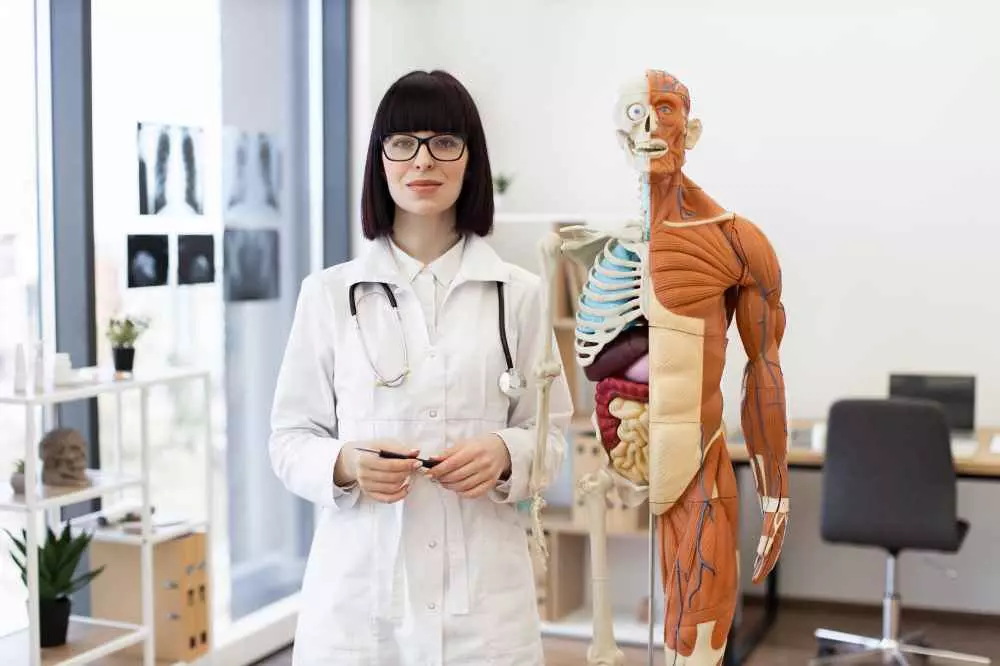Introduction to the topic
In an era of increasing environmental awareness and the drive for sustainability, many areas of life are being challenged to adapt to new standards. One of these is anatomical exhibitions, which have fascinated and educated millions of people around the world for years. How can these two concepts - sustainability and anatomical exhibitions - coexist? Here is an analysis of this phenomenon.
Definition of sustainability
Sustainability is a concept that involves managing resources in such a way as to meet the needs of current generations without compromising the ability of future generations to meet their own needs. The key aspects of sustainability are environmental protection, social justice and economic development. The pursuit of sustainability affects many industries, from industry to education.
Anatomical exhibitions: inspiration or controversy?
Anatomical exhibitions, which often display preserved human bodies for teaching purposes, stir up a lot of emotion and controversy. On the one hand, they provide a deeper understanding of human anatomy and the functioning of the body. On the other hand, there are questions about ethics and respecting the dead. How then to organize an exhibition to be sustainable?

How to combine anatomical exhibitions with sustainability?
To strike a balance between anatomical exhibitions and sustainability, several key aspects must be taken care of. First, ensure that all materials used are responsibly sourced. This includes both the methods of tissue preservation and the sources of obtaining the bodies.
Education of visitors is also an important element. Exhibitions can lead to an increased awareness of health and biology, as well as encourage reflection on life and death. With properly planned educational activities, it is possible not only to increase knowledge, but also to promote pro-environmental attitudes.
Ethical challenges
Ethics is one of the most controversial issues in organizing anatomical exhibitions. Questions arise about the sources of the bodies and their subsequent fate. Sustainability should be based on respect for human life, which requires an honest approach to the origin of materials displayed in exhibitions.
Alternative methods of presentation are worth considering. Thanks to modern technologies, such as virtual reality and 3D, it is possible to create interactive experiences without using actual bodies. This approach may be more ethical and sustainable.
Examples of sustainable practices in anatomical exhibitions
In recent years, there are also positive examples of anatomical exhibitions that combine education with environmental responsibility. Some museums choose nonprofit organizations that recycle tissues to work with them. These activities help present fascinating aspects of anatomy while ensuring that materials are used ethically and sustainably.
Another interesting solution is educational workshops that take place alongside the exhibitions. Participants have the chance to ask questions, participate in interactive lectures and take away knowledge that will help them better understand not only the human body, but also the principle of respect for life.
Summary
Sustainability and anatomical exhibits is a topic that brings with it a number of challenges, but also opportunities. The pursuit of education and respect for human life can and should go hand in hand. By using ethical practices, innovative technologies and promoting education, we can create exhibitions that not only delight, but also inspire a change in thinking about anatomy and sustainability in our daily lives.
